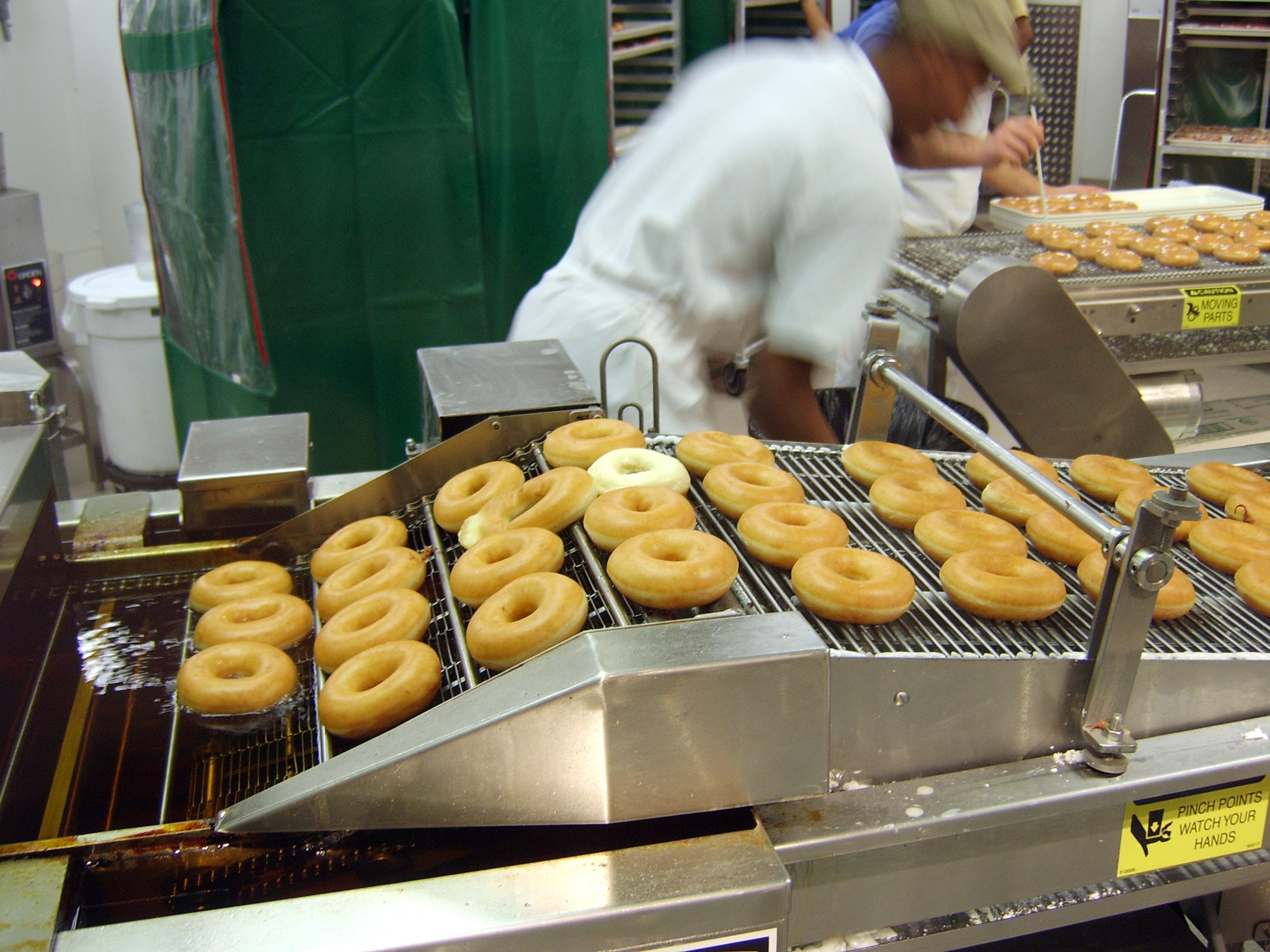Part of a manager’s job is to get excellent quality and high productivity from the team. What’s important to understand is that this is a universal truth whether you are making widgets or analyzing data. The end goal doesn’t change. So how does that happen? If you keep these three concepts in the forefront, things will be much smoother in the long run.
Training is paramount
We all know that training is important but there’s a problem. The training budget is usually the first thing that goes when things are tough because the suits don’t (or won’t) understand that everything that happens in an organization is based on the quality of the training. Why? Because training is the tie into increased quality and production. Think about what training is. It is “the effort to increase the knowledge, skills, and abilities (KSAs) of employees and managers so that they can better do their present jobs”. By investing time and resources to train staff in the correct way to run the business, organizations can save themselves a lot of headache cleaning up behind them. Additionally, the ability to cross-train employees not only enhances employee worth but makes routine jobs more interesting.
Don’t let the word “training” scare you. Think about the definition and look for opportunities all around you. Your opportunities don’t have to be expensive; they just have to be relevant. You don’t have to hire someone to develop an in-depth program that results in a certificate and a photo op. In fact, that type of training can often be looked at as a box to check off for the sake of getting it done. Look around and see how you can use whatever is happening in your workplace as a true training experience. Here’s an example: I once supervised the dispatchers for an Animal Control Shelter. To help them understand how their performance directly affected the field officer’s ability to do the job, I started sending them out with an officer for a day. This did a few things: (1) the dispatcher was able to actually see how the officers used the information they gave out; (2) They could hear how their peers sounded on the air and give constructive feedback while taking note of their own on-air performance; (3) It was a great morale booster because it gave each of them an entire day off of the phones and out of the office. I then used staff meetings to discuss the rides-along and in time, the group began to “train itself” in terms of best practices and problem solving.
Performance measurement
Another way to affect quality and productivity is to develop performance standards that clearly define expectations. Employees can be held accountable when they are given goals that align with quality and productivity expectations. Yes, your company may have a set standard for performance appraisals but the truth is that they are mostly designed to ensure the company is adhering to policy. If you must use the company standard appraisal, fine. That doesn’t mean you can’t elaborate and use it to spell out your expectations. In fact, if done correctly, your process should make it that much easier to fill out the “official” form. Use the appraisal as a tool to influence performance. Notice I said influence – not dictate. Meet with your employee regularly to “check in” with each other and make mid-course corrections. A weekly one-on-one can be done in five minutes. A well designed appraisal system can “serve to identify performance weaknesses for which training or counseling would be beneficial”. As long as the supervisor employs a system designed to nurture the employee, the appraisal can be a powerful tool to help achieve organizational goals.
Effective Job Analysis
In order for employees to be able to perform well, the job has to be properly defined. Are your employees doing what they were hired to do? If not, maybe it’s time to rewrite the job description. Make sure the description spells out what the employee is supposed to be doing in terms of duties and responsibilities. If not done correctly, the possibility exists that you could wind up with redundant duties across classifications and/or lack of clarity about who is supposed to do what. Additionally, a poor job description could mean missed training opportunities to improve procedures and processes, both of which could affect the productivity and quality of an organization’s output.
Bottom Line
Make sure your people know what is expected of them (job description), seek out training opportunities using all available resources (think outside of the box), and hold employees accountable (properly designed performance appraisals). Do these things consistently and I guarantee that you will see improvement in quality and productivity.
References:
Berman, E. M., Bowman, J. S., West, J. P., & Van Wart, M. (2001). Human resource management in public service: Paradoxes, processes and problems. Thousand Oaks: Sage.
Foster, M. R. (2005). Effective job analysis methods. In S.E. Condrey (Ed.), Handbook of human resource management in government (2nd ed., pp. 528-555). San Francisco: Jossey-Bass.
